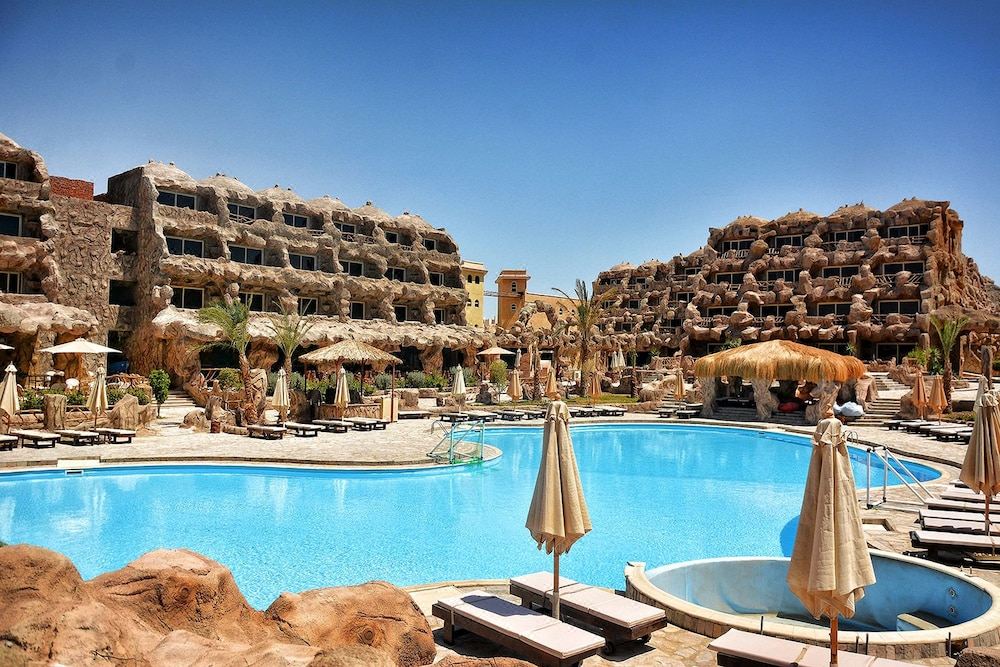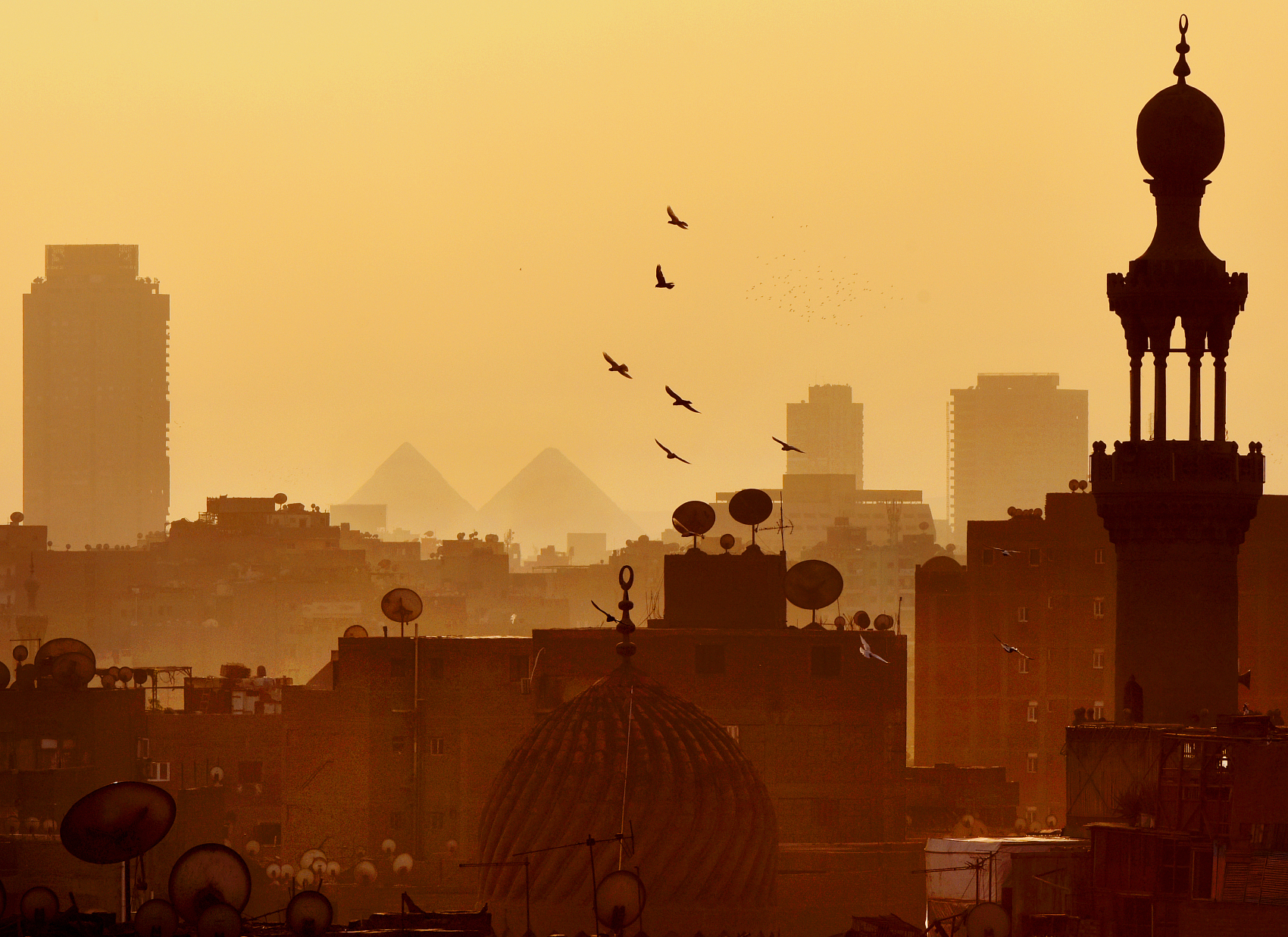Budapest, the capital of Hungary, is a city rich in history, with its origins tracing back to the Stone Age. Over the centuries, it’s been a part of the Roman Empire, the Ottoman Turks, and many other empires, making it a fascinating place to visit. Today, Budapest is home to several UNESCO World Heritage Sites, including the Buda Castle District, Chain Bridge, Heroes Square, and Fisherman’s Bastion.
If you’ve done any research on Budapest, you might have noticed references to “Buda” and “Pest.” This is because, before the Chain Bridge was built in the 19th century to connect the two sides of the city, Budapest was actually three separate cities. On the west bank of the Danube was Buda and Óbuda, while Pest was located on the east bank. In 1873, these three cities merged to form modern-day Budapest.
Buda is often seen as the quieter, more elegant side, perfect for peaceful exploration, while Pest is the lively, vibrant part of the city, where you’ll find shopping, entertainment, and lots of action.
If you’re planning a visit, here’s a 3-day itinerary that covers the must-see sights and helps you dive into Hungarian culture.
When’s the Best Time to Visit Budapest?
Summer is the most popular season for tourists, and for good reason. The weather is warm, and schools are on break, making it the perfect time for vacations. However, it’s also when Budapest is busiest and most expensive, particularly during June through August.
Another popular season is Christmas, when Budapest’s Christmas markets draw crowds from all over Europe. The festive atmosphere is magical, but be prepared for the crowds.
If you’re looking for a quieter and more affordable experience, the spring and autumn months are your best bet. The weather is ideal for sightseeing, and the city is less crowded, making it easier to explore without the summer rush.
Getting Around Budapest
Budapest is a very walkable city, and many of the major sights are within easy walking distance of each other. However, if you prefer to use public transport, the city has an excellent system of metros, trams, and buses. There are three metro lines, and trams 2, 4, and 6 will take you to most of the key attractions in the city center.
Day 1: Exploring the Buda Side
Start your first day by diving into the historic Buda side of the city.
Fisherman’s Bastion (9:00 AM): This stunning landmark was built between 1895 and 1902 to celebrate Hungary’s 1000th birthday. Named after the fishermen who once defended the city, its lookout towers offer some of the best panoramic views of Budapest.
Matthias Church (9:30 AM): Just next to Fisherman’s Bastion, Matthias Church has been a significant part of Hungarian history since 1015. Its mix of romantic, oriental, and Neo-Gothic architectural styles makes it one of Europe’s most beautiful churches.
Hospital in the Rock (10:30 AM): This underground hospital, built during WWII, offers a fascinating glimpse into the city’s wartime history. It’s now a museum with original furniture and medical equipment from that era.
Buda Castle (12:00 PM): A must-see, Buda Castle houses the Budapest Historical Museum, the Hungarian National Gallery, and the National Library. The architecture blends Baroque, Renaissance, and Gothic elements.
Take a lunch break and then head to Gellért Hill for your next adventure.
Gellért Hill and Church in a Cave (3:30 PM): The hill offers the best views of Budapest. It’s about a 15-20 minute hike to the top, where you’ll find the Citadel and the Statue of Liberty. Don’t miss the Church in a Cave along the way.
Gellért Baths (5:00 PM): Finish your day with a relaxing soak in the historic Gellért Baths, one of Budapest’s most famous thermal spas.
Day 2: Exploring the Pest Side
Now it’s time to explore the lively Pest side of the city.
Hungarian National Parliament and Shoes on the Danube Bank (9:00 AM): Start by the Danube River, where you’ll find the iconic Hungarian National Parliament building. In front, you’ll see 60 pairs of iron shoes, a moving memorial to the victims of WWII.
St. Stephen’s Basilica (10:00 AM): Walk over to this magnificent church, the largest in Budapest. It houses the mummified right hand of St. Stephen, Hungary’s first king, which is one of the country’s most sacred relics.
Dohány Street Synagogue (11:30 AM): The largest synagogue in Europe, this stunning building also houses the Hungarian Jewish Museum. It’s a poignant place to learn about the Jewish history of Budapest.
Heroes Square (12:30 PM): Hop on the historic Metro 1 to reach Heroes Square, where you’ll find the Millenium Monument, celebrating Hungary’s history.
Museum of Fine Arts (1:30 PM): Located next to Heroes Square, this museum is home to over 120,000 works of art, including pieces from Hungary and beyond.
Vajdahunyad Castle (3:00 PM): Just a short walk from the museum, this castle is an architectural gem, showcasing various historical styles from Hungary.
Széchenyi Thermal Bath (4:00 PM): After a busy day, relax in the Széchenyi Thermal Bath, one of the largest and most famous baths in Budapest.
Day 3: Day Trip to Szentendre
For your final day, take a short trip to the charming town of Szentendre, just outside Budapest. This riverside town is known for its pastel-colored buildings, cobbled streets, and lively arts scene.
The Main Square (9:00 AM): Start your day in Szentendre’s picturesque main square, where you’ll find plenty of shops, cafés, and restaurants. It’s a great place to soak in the local atmosphere.
The Marzipan House (10:00 AM): Don’t miss this fun museum, where all the exhibits are made of marzipan! It’s a quirky stop for all ages.
Lunch (11:00 AM): Enjoy a leisurely lunch at one of the local cafés, then take a stroll by the river.
The Kovács Margit Ceramics Museum (12:30 PM): This museum showcases the works of Margit Kovács, one of Hungary’s most famous ceramic artists.
Hungarian Open Air Museum (1:30 PM): Take a local bus to the Hungarian Open Air Museum, located just outside the town. With over 400 historical buildings, this massive museum gives you a chance to explore Hungarian life from the 18th to the 20th century.
Budapest is a city that’s perfect for first-time visitors, offering a blend of history, culture, and relaxation. Whether you’re soaking in the thermal baths, exploring its historical landmarks, or tasting delicious Hungarian cuisine, there’s always something exciting to discover!







